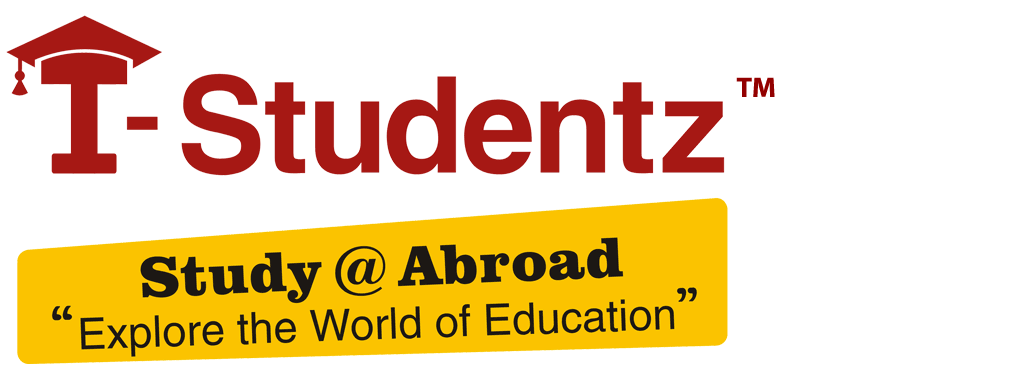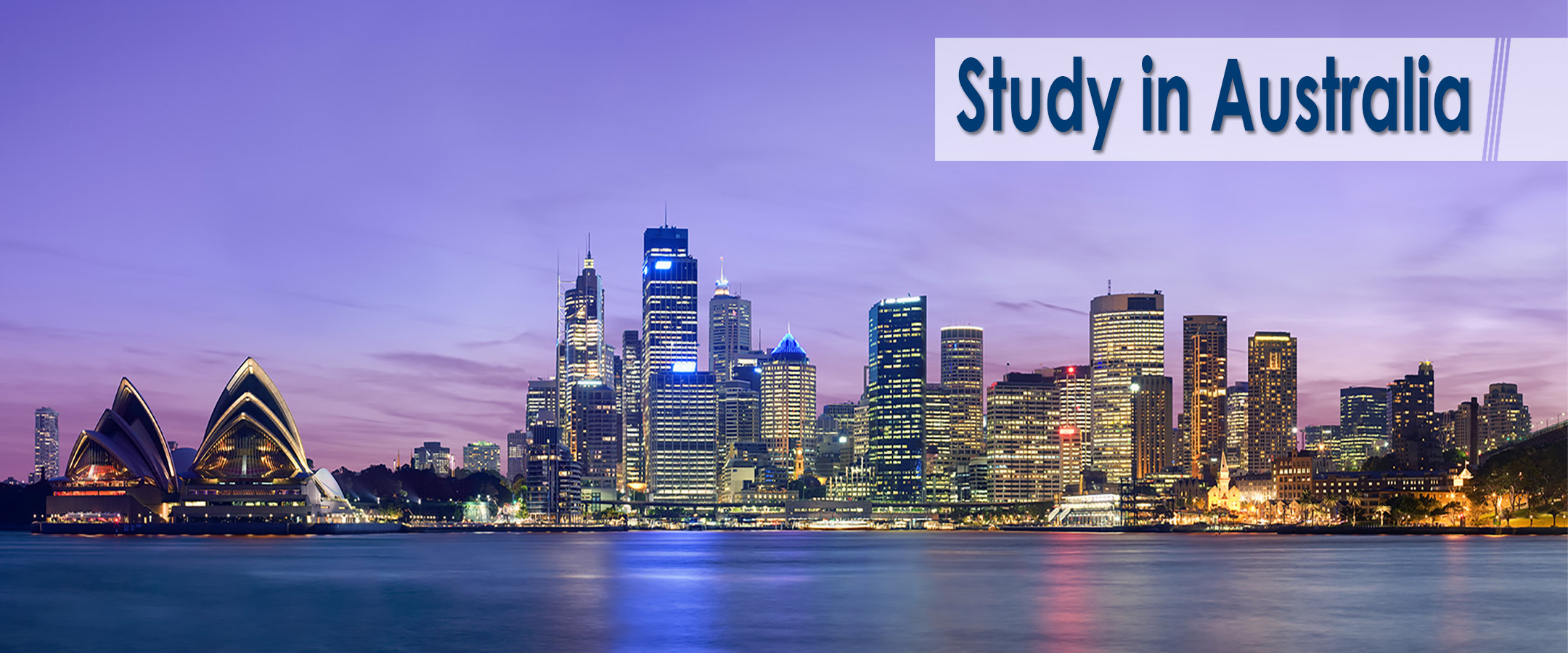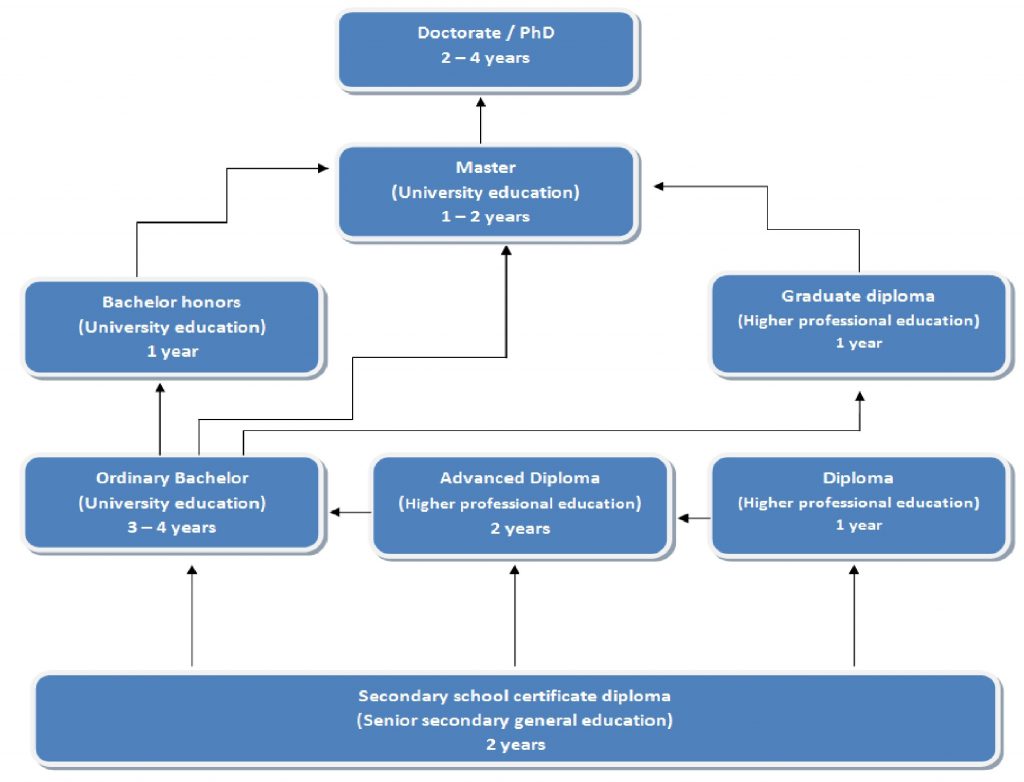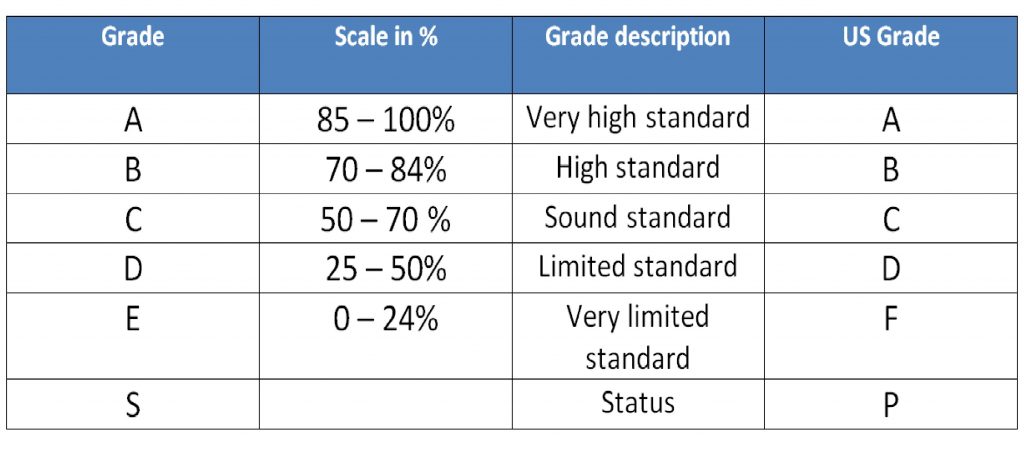Higher Education in Australia
The higher education in Australia has both government and private institutions in it. If a university or college is seen as part of the higher education system (also known as tertiary education), then it was either established by or is recognized by the Australian government as a tertiary institution. Higher education programs include all of the schools that cover Levels I through 10 according to the Australian Qualifications Framework (AQF).
Grading System in Australia:
Types of tertiary institution:
University:
There are 39 universities in Australia from them two are private universities (i.e Bond University and University of Notre Dame) and two are catholic universities (i.e Australian Catholic University and University of Notre Dame). Universities are locate in both metropolitan cities and regional areas. Some have multiple campuses in same region or in different states and some are proud to state that they are a single campus institution.
TAFE institutes:
If you are looking for a practical course that will lead to a career in the workforce or a path way to higher education, then a Technical and Further Education (TAFE) institute might offer what you are looking for. The TAFE sector is the largest education and training sector in Australia, consisting of 59 TAFE institutes spread over hundreds of campuses in metropolitan and regional areas. TAFE institutes are government-funded Registered Training Organizations (RTOs). They offer practically oriented Vocational Education and Training (VET) courses that are design to give students the skills, training and qualifications they need for the workforce.
Private college:
If you’re looking for a tailored tertiary experience at an institution that specializes in your field or shares your values, a private provider may be the perfect choice. Private providers (also known as private colleges) are small, independent tertiary education providers. They usually offer a select range of courses in a particular field (such as hospitality, digital media, natural health or performing arts) or a wider range of courses in a specialized environment that caters for particular groups in society (religious groups, for example). Private providers come in many shapes and sizes, and can include colleges, industry bodies, private companies and community organizations.
Types of Degrees:
Vocational Education and Training (VET):
Australia’s VET system provides individuals with the skills required in a modern economy and delivers training that is practical and career-oriented. Institutions are closely linked with industry. Vocational courses, including in the popular fields of computing, business studies, marketing, tourism and hospitality, are provided at both the government-funded Technical and Further Education (TAFE) institutes and at private institutions. Australian VET qualifications are designed to provide students with nationally recognized competencies that employers have identified as critical to their needs. Students achieve a qualification only after meeting the set competency standards. Each state has a Vocational Education and Training (VET) or Technical and Further Education (TAFE) system. It may be noted, however, that the criteria for such competencies may change from time to time. Each state manages its system and meets at a national level to coordinate their effort. VET is transferable between all states.
- Length – 1 – 4 years
- Semesters – Two
Bachelor’s Degree:
The first degree awarded by most Australian universities is the bachelor’s degree, of Which there are several types. The ordinary/pass bachelor’s degree is awarded upon Successful completion of a 3-year full-time programme in a field such as arts and sciences. Some professional bachelor’s degrees last 4 years, in fields such as law, Engineering and social work, and are usually indicated by Bachelor of Laws, Bachelor of Social Work etc. The content of bachelor’s degrees focuses on the major. Generally speaking, Australian bachelor’s degrees have no liberal arts component. In addition to an ordinary bachelor’s degree, students can obtain an Honors’ degree, or Degree with Honors’, which can be awarded following completion of an additional year of research and study to students who achieved good final results during their 3-year bachelor’s programme, or following completion of a more challenging integrated 4-year programme, intended for promising students. The honors’ year is primarily intended to teach additional knowledge of the research techniques necessary for postgraduate study. Honours degrees are also classified as either First Class or Second Class. Students who obtain a First or Second class honors’ degree in the Upper Division have direct access to PhD programmes.
- Length – Typically 3 years (4 years for honors’ degree)
- Semesters – Two / Three
Master’s Degree:
A master’s degree is usually awarded following a 2-year postgraduate and/or research programme after a 3-year bachelor’s programme (or 1 year after a 4-year bachelor’s). Australia has two types of master’s programmes: a research master’s based on research and a final paper, and a master’s based on coursework, in which students take classes and, in most cases, must also conduct some research. Research-based master’s programmes are examined externally and are generally completed by students seeking admission to a subsequent PhD.
- Length – 1 or 2 years
- Semesters – Two / Three
PhD Degree:
To be eligible for admission, candidates minimally must have completed an honors’ bachelor (IIA), or must have completed a master’s programme (in most cases a research master’s) in a relevant subject area.
- Length – 2 to 4 years
- Semesters – no semesters
Changing Course:
If you want to change to a new course in that same institution with the same level of qualification, then no need to apply for a new student VISA.
Changing level of qualification:
If you want to change your level of qualification, you may need to apply for a new student VISA, because of your VISA subclass may change.
Changing institution:
If you are thinking of moving to a different institution you need to speak with your current institution for information on doing this. In most circumstances the new institution will be restricted from enrolling you if you have not completed 6 months of the main course of study (at your current institution) for which your visa was granted. If you want to change institutions before completing the first six months of your main course of study you must contact your current institution for permission. You will require a letter of offer from the new institution in order to apply for a letter of release from your current institution.












